Letter template for preschool
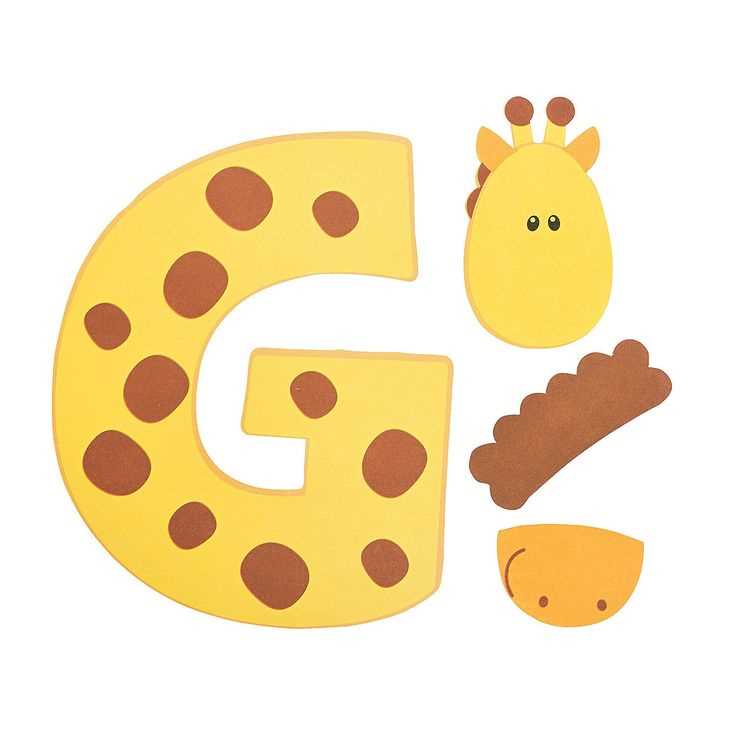
Creating a letter for a preschool requires a simple, clear, and engaging approach. Begin with a friendly greeting that sets a warm tone, allowing parents or guardians to feel welcomed. Be sure to include relevant details in a structured format, focusing on clarity over complexity.
Use bullet points or lists to highlight important dates, events, or reminders. This makes it easier for the reader to absorb key information without sifting through paragraphs. Keep the language approachable, ensuring it resonates with your audience without overwhelming them.
Wrap up the letter with a closing that invites open communication. A friendly sign-off like “Best regards” or “Looking forward to hearing from you” can reinforce a sense of community. Make sure to leave space for a signature or contact details for any follow-up questions.
Letter Template for Preschool
Begin by addressing the recipient with a friendly salutation. Clearly introduce the purpose of the letter and stay focused on the subject. Use simple and clear language to ensure that the message is easily understood.
Sample Letter
Dear [Preschool Name] Team,
I hope this message finds you well. I am writing to inform you about [specific reason or event]. We would appreciate it if you could [request or suggestion]. Please let us know if there is anything else you require from us to facilitate this process.
Thank you for your attention to this matter. We look forward to your response and working together to ensure a smooth experience for all.
Sincerely,
[Your Name]
[Your Contact Information]
Tips for Writing Preschool Letters
Keep the tone polite and positive throughout the letter. Stick to the key points and be specific about any requests. Remember to express gratitude at the end of the letter to maintain a respectful and cooperative tone.
How to Address Parents in Preschool Letters
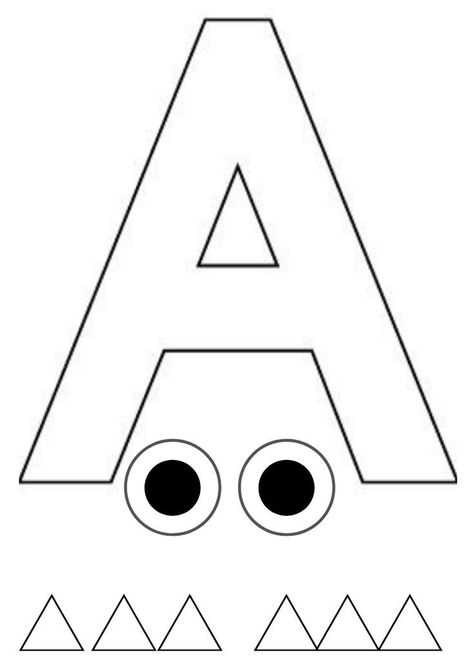
Begin with a warm, personal greeting. Use “Dear [Parent’s Name]” or “Dear Families,” to create a welcoming tone. Personalizing the greeting helps strengthen the connection between you and the parents. Always address both parents when possible, especially if you are aware that both are involved in the child’s school life.
Use Clear and Friendly Language
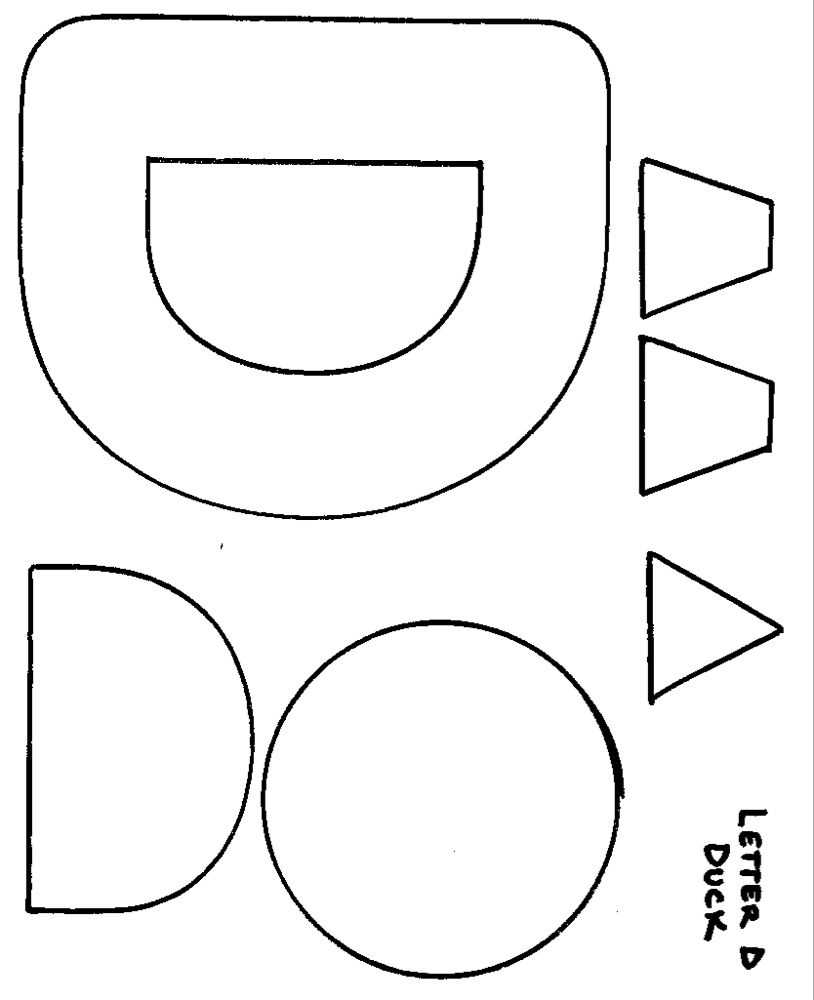
Avoid formal or overly complicated terms. Use clear, friendly language that is easy to understand. Parents should feel comfortable reading your letter without feeling overwhelmed by jargon or complex sentences. Keep your sentences short and to the point, while maintaining a respectful tone.
Acknowledge Their Role
Recognize the parents’ importance in their child’s development. A simple sentence like, “We appreciate your continued support at home,” helps reinforce the partnership between the school and the parents. Let them know their involvement is valued and integral to the child’s success.
Lastly, end on a positive note, offering openness for future communication. A phrase such as, “Please don’t hesitate to reach out if you have any questions,” encourages parents to engage in dialogue without feeling pressured.
Creating Clear Instructions for Daily Activities
Use simple, direct language. Break down tasks into easy-to-follow steps. For example, instead of saying “get ready for lunch,” provide specific actions: “Wash your hands,” “Sit at the table,” and “Wait for your food.” This clarity reduces confusion and keeps children focused.
Use Visual Cues
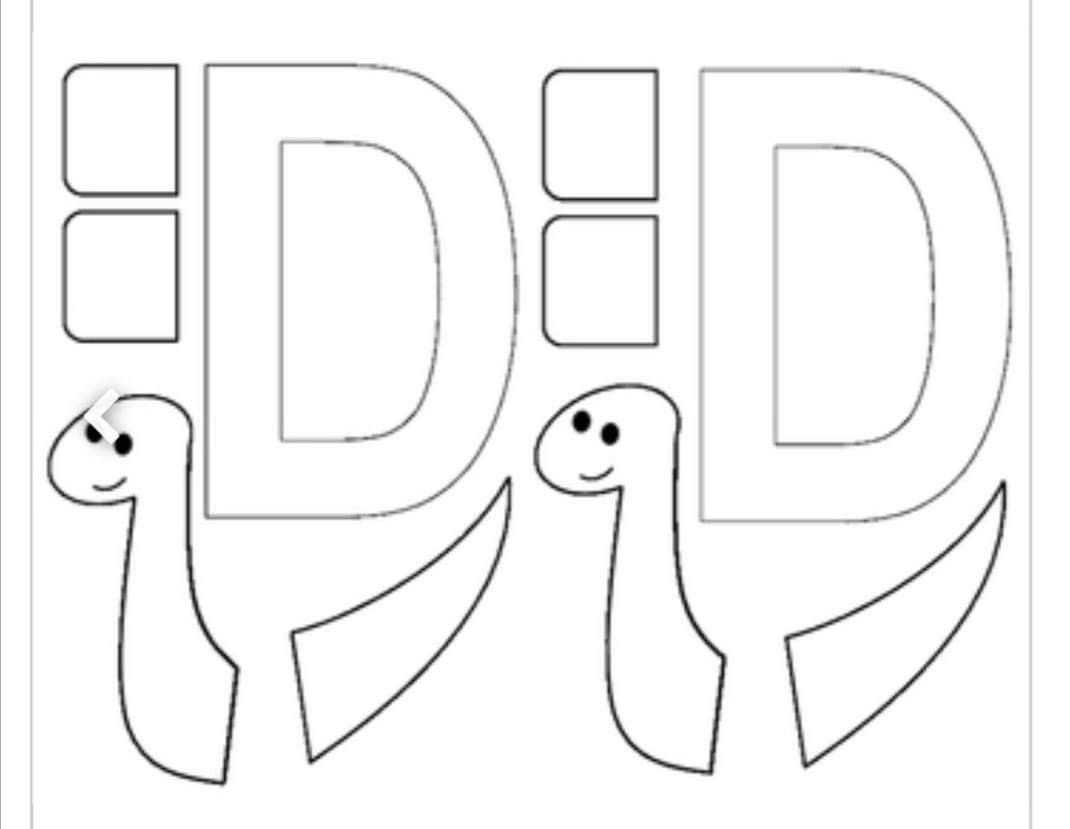
Pair instructions with visuals. Pictures, symbols, or charts can help children understand tasks better, especially when verbal instructions alone may not be enough. A picture of a towel next to the “Wash Hands” sign makes it clear what needs to be done.
Maintain Consistency
Use the same wording and routine every day. Consistency helps children remember expectations and provides them with a sense of security. If the routine changes, explain the shift clearly and give children time to adjust.
Keep Instructions Short. Long sentences can overwhelm young children. Break down instructions into bite-sized pieces to maintain their attention and make them easier to follow.
By simplifying instructions and using supportive visuals, children are more likely to follow through and feel confident in completing daily tasks.
Writing Personalized Notes for Preschool Children
Crafting personalized notes for preschool children requires a balance of warmth, encouragement, and clarity. Focus on specific actions or qualities that stand out in the child’s behavior. Acknowledge their efforts and progress, no matter how small, to build confidence and a sense of accomplishment.
Use the Child’s Name
Begin by addressing the child directly with their name. This makes the note feel more personal and special. For example:
- “Sophia, you did such a great job today!”
- “Ethan, your drawing is wonderful!”
Highlight Specific Achievements
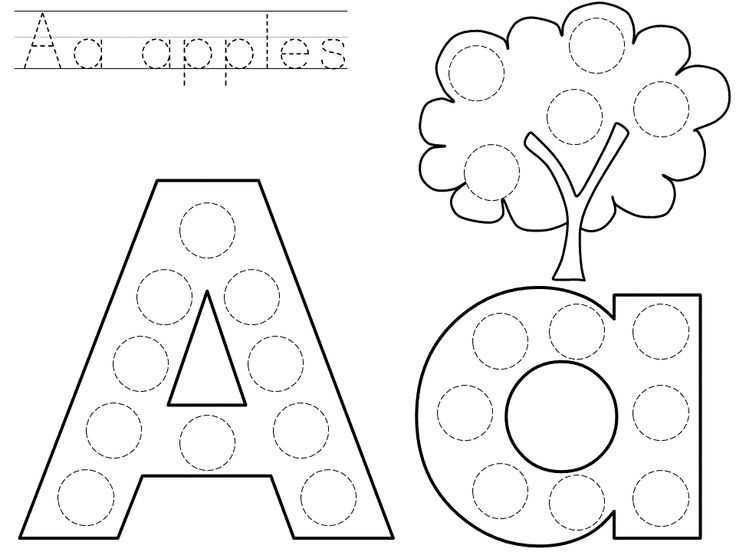
Instead of general praise, point out what the child did. Did they help a friend? Finish a task independently? Or share their toys? Specific details make the note meaningful and allow the child to see their growth clearly.
- “You finished your puzzle all by yourself!”
- “I love how you helped clean up after snack time!”
- “You were so kind to your friend when they needed help.”
End the note with an encouraging statement to keep the child excited and motivated for their next achievement.
- “Keep up the fantastic work!”
- “I can’t wait to see what you’ll do tomorrow!”
Notifying Parents About Upcoming Events or Holidays
Send clear and concise messages to parents about upcoming events or holidays. Specify the dates and times of these events, and make sure to mention any actions required from the parents, such as providing a special outfit or permission slips.
Provide Key Details
Include essential information like the type of event, location, and any additional instructions. For holidays, mention school closures or schedule changes. Highlight any activities that the children should expect and encourage parents to reach out if they have questions.
Use Multiple Channels
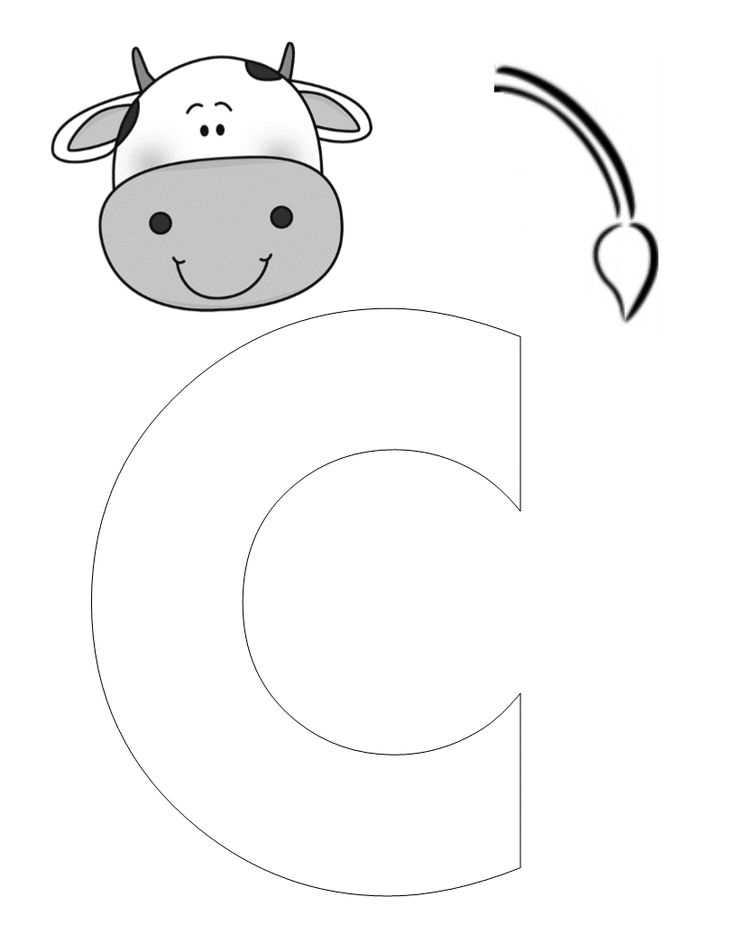
Distribute the information through various channels, such as email, class newsletters, and social media groups. This ensures that parents receive the message through their preferred method of communication.
Requesting Parent Participation in Classroom Projects
Engage parents early in the process. Send home a short letter outlining the project’s theme, expected outcomes, and specific ways parents can help. Be clear about what is needed–whether it’s donating materials, assisting with activities, or providing expertise. Provide a timeline for each step so parents can plan accordingly.
Offer flexible options for involvement. Some parents may prefer to assist behind the scenes, while others may enjoy direct participation in the classroom. Clearly state these options and offer them a choice, making it easier for them to contribute in a way that works for their schedule and skills.
Emphasize the importance of collaboration. Highlight how their involvement supports their child’s development and enhances the classroom community. Let them know how their contributions directly impact the learning environment.
| How Parents Can Help | Timeline | Contact Information |
|---|---|---|
| Donating materials (e.g., art supplies, books) | Due by [Date] | [Teacher’s Contact Info] |
| Assisting with an activity or event | [Date and Time] | [Teacher’s Contact Info] |
| Sharing a skill or knowledge related to the theme | [Date Range] | [Teacher’s Contact Info] |
Follow up with a thank-you note after the project concludes. This acknowledges their contribution and shows appreciation for their time. Keep the tone positive and focused on the collective impact of their involvement in the classroom project.
Ensuring Positive Communication in Behavior Reports
Begin each behavior report with clear and constructive language, focusing on the child’s strengths alongside areas for improvement. Recognize their positive actions, such as cooperative behavior or problem-solving skills, and use those as a foundation for further growth.
Be Specific and Action-Oriented
Avoid vague descriptions. Instead of saying “He was disruptive,” explain what happened and how it was addressed: “He interrupted the activity, but we redirected him to participate in the group task.” This shows both the behavior and the steps taken to guide the child.
Offer Solutions and Support
Whenever describing challenges, provide suggestions for how teachers or parents can assist. For example: “She has difficulty transitioning between activities; we recommend using a visual schedule to make transitions smoother.” This turns challenges into opportunities for collaboration and progress.
End each report with an emphasis on potential. Highlight the child’s ability to improve and grow, reinforcing a sense of hope and encouragement. Acknowledge both small victories and areas to develop, creating an empowering message for both parents and educators.